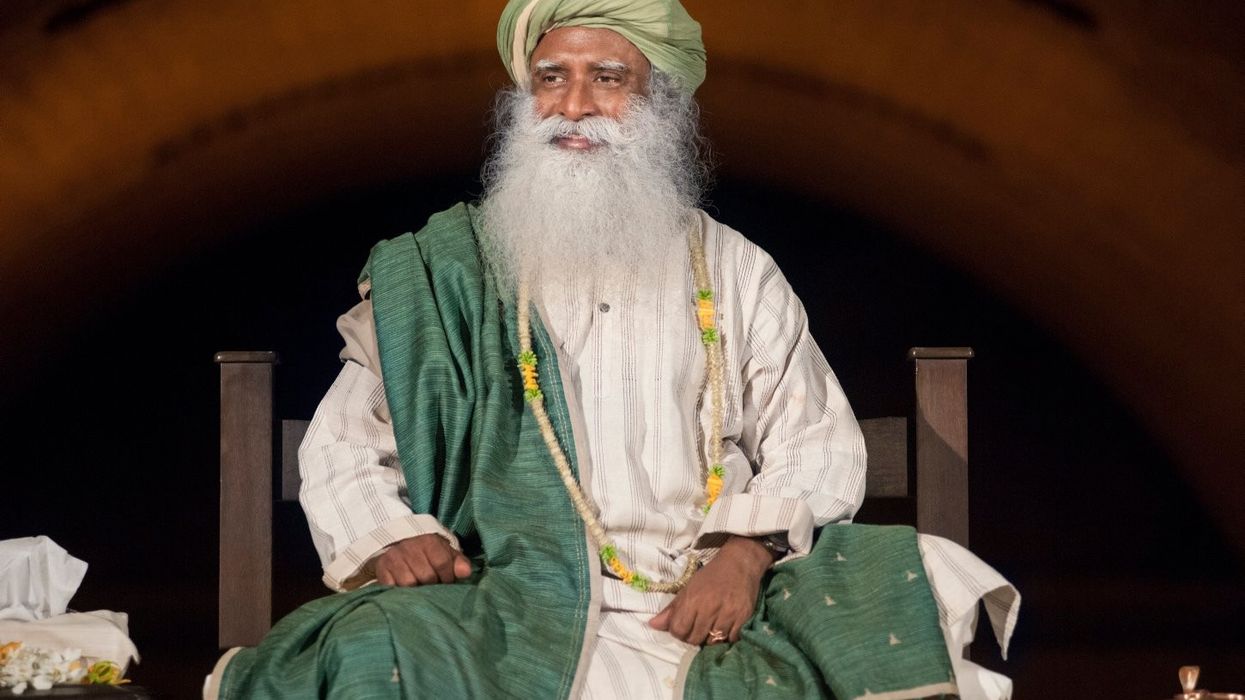As wedding season is round the corner . Choosing a lehenga for a wedding is no easy task. The bride is the center of attraction and therefore, selecting a lehenga for a wedding is quite intensive and nerve-racking decision you are ever going to make. So here are the top ten trending bridal lehengas for all the Bride to be.
1] Trail Lehenga
The number one trend in Indian Bridal Lehengas right now is the trail and brides are absolutely loving it. The right trail with the designer lehenga adds glamor and charm to the beauty of it. So, do something unique on your wedding and try a lehenga with the trail.
2] Jacket Lehenga
Lehengas with ankle-length jackets are becoming quite popular these days. Thanks to the top designers like Manish Malhotra and Satya Paul that this lehenga saree stunningly crafted to woo the brides all over the nation. The jackets come in different styles like opaque, silk or crepe and many other. These jackets are either worn in the place of choli or can be worn over the cropped blouse.
3] Anarkali Lehenga
Anarkali lehenga made their debut in ethnic wear a few years ago but the latest designs and styles always come with an amazement. No doubt they are doing surprisingly well for the brides in India and Pakistan.
4] Ombre Lehenga
Ombre has already taken over the hair color trends, nail paint trends, and the lip color trends and now it has been doing unexpectedly good in the bridal lehenga trends too. Ombre has become one my most favorite trends of this year.
5] Velvet Lehenga
Velvet lehengas might be too heavy but they are definitely being loved by the brides to be for what they do to their attire. If you are not willing to wear something that heavy, you can get a velvet choli with the silk lehenga or lehengas having velvet patch work on them.
6] Lehenga crafted with Mirror and Crystal
Some brides prefer light work instead of heavy embroidery done with zari and dori. Well, if that’s too much for you then you must try the lehengas with the embellishment of crystals and mirror work because they are just beyond stunning.
7] Contrast Border Lehenga
Some Indian designers have taken contrast work to a new level. Modern brides are not afraid of experimenting with the colors and they must try this contrast thing with their lehengas. It’s something fresh and unconventional to wear.
8] Long Sleeves
Long sleeves are also gaining a lot of popularity because of the royal look they offer. This result has become a great choice for the women who have weddings in winters.
9] Bundhgala Choli and Kurta Lehenga
Here come the Bundhgala Choli and Kurta lehenga – yet another great choice for the winter brides. These lehengas are with cropped bundh gala cholis, or long kurta style tops giving a gorgeous look to the bride.
10] Gota Patti Border
The gota border got trendy in 2014 and since then it has stayed in the hearts of brides as the prior option to wear at their weddings. Reynu Taandon and Ritu Kumar are the leading designers of this style where they come up with both wide and narrow embroidered borders.





 Neha Nagar Neha Nagar
Neha Nagar Neha Nagar  Neha Nagar
Neha Nagar Neha Nagar
Neha Nagar






